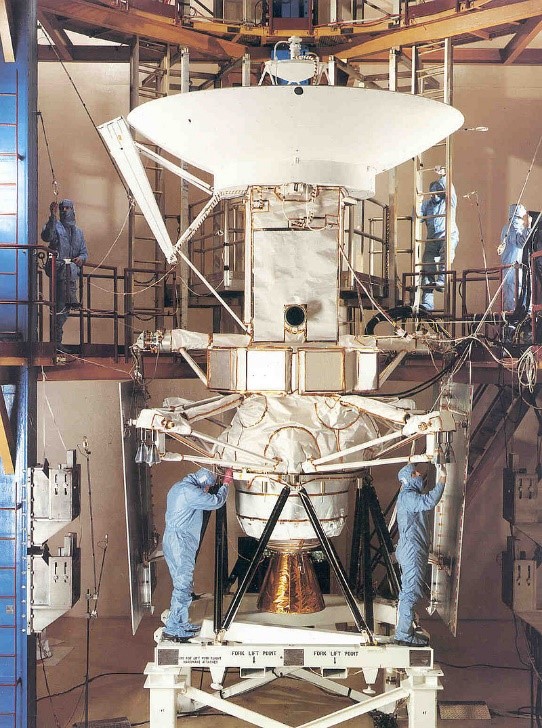In 1973, The Race to the Moon is over. The Americans achieved their goal with the Apollo program, but the exorbitant budgets allocated to it were cut, prompting the cancellation of the last missions. The Skylab program that was reusing its components is underway and the next step is a space shuttle project that must reduce the cost of access to space but requires a huge investment. For robotic exploration, the Mariner program ended and clearly tipped the US on the mars side. This trend is confirmed with the preparation of the ambitious Viking program. NASA is even looking beyond that as the Pioneer 10 and 11 probes are in flight to pave the way for gas giant exploration program voyager.
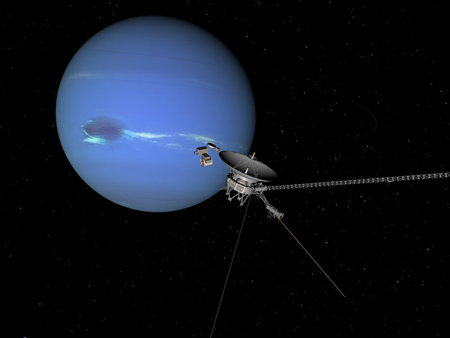
On the Soviet side, the balance sheet is much less flattering. The manned lunar program is a failure and the Soyuz program has just resumed after the Soyuz 11 disaster. The exploration led by OKB Lavotchkin lost its leader, Gueorgui Babakine, a few years before and The Martian exploration resulted in technical successes but above all countless failures. Robotic lunar exploration is more successful with the Luna and Lunohkod programs that allows for sample returns and the use of rovers. With much more to contribute, the Luna program is about to end. Now that the latest Venera probes launched by Molnia have provided confirmations on atmospheric conditions, allowing for more consequential missions.
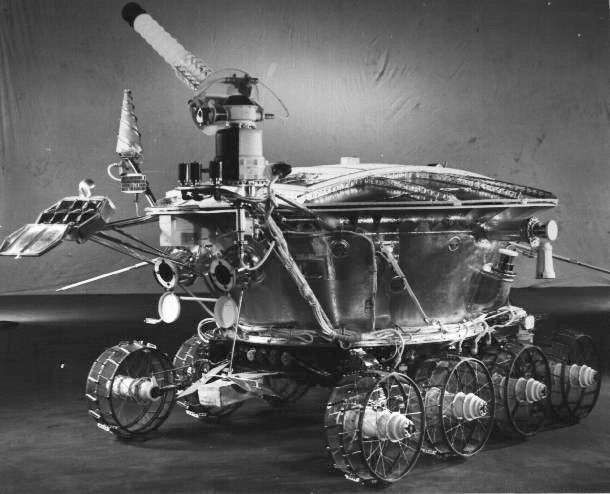
This was done during the June 1975 window. The mass of the V75 (venera for 1975 window) probes increases to 5t (compared to 1t previously) and includes, like Mars missions, an orbiter and lander designed to withstand the infernal surface conditions. Two of these probes are perfectly launched by Proton rockets and take the names Venera 9 and 10. The orbiters will operate for 158 and 144 days respectively. The massive 1.6-ton landers re-enter a spherical heat shield and then parachute down. The density of the lowest layers of the atmosphere is such that the parachutes are dropped and the probe grows like a pebble at the bottom of a pond. It each works for almost an hour reporting valuable information on surface geology and lighting conditions. They are also the first probes to send an image from another planet (except for the data fragments from Mars 3) that show volcanic soil covered with un eroded stones and illuminated like a cloudy Earth day.

The Viking program is a success whose orbiters and landers continue to operate for years, during which time no other probes will be launched to Mars. In the face of the success of the JPL, the Ames research centre (ARC), which has expertise in interplanetary probes with Pioneer, wants to develop its skills in planetary exploration. He turns to Venus, which the Americans have abandoned, and develops an economic mission based on two ships (each launched by an Atlas-Centaur).
Unlike Soviet or Viking missions, the orbiter and atmospheric probes do not travel together but are inspired by a common platform inherited from communications satellites. Both probes were launched during the 1978 window. The first Pioneer Venus spacecraft was the orbiter that took off long before the optimal window and went into orbit on December 4, 1978. During the 13 years of operation, it made a study of the atmosphere and managed to draw a topographic map of 65% with a resolution ranging from 100 to 50 km. Pioneer Venus multiprobe which carries the atmospheric probes is launched several months later but arrives on Venus five days after Pioneer Venus Orbiter. It consists of four probes, a wide 315 kg is dropped on the equator on the illuminated phase. Three smaller probes of 90 kg are launched to the north, south and one to the equator but on the dark phase. These four probes provide a great deal of information on cloud opacity and wind speed at different altitudes.
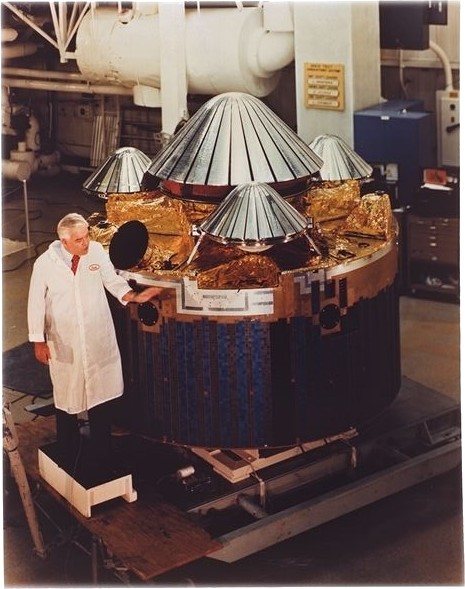
During the 1978 window, the Soviets sent the Venera 11 and 12 probes, both of which were launched correctly by a Proton rocket. Unlike Venera 9 and 10, missions 11 and 12 do not include a lander and orbiter, but a lander and a flyby probe that primarily relays the probe’s signals to Earth. Camera lids do not open and various surface analysis instruments do not work but much information is reported on atmospheric chemistry.
This double mission was repeated almost identically in 1981 with Venera 13 and 14. This time, the probes work perfectly and provide valuable lessons on the composition of the planet’s soil.
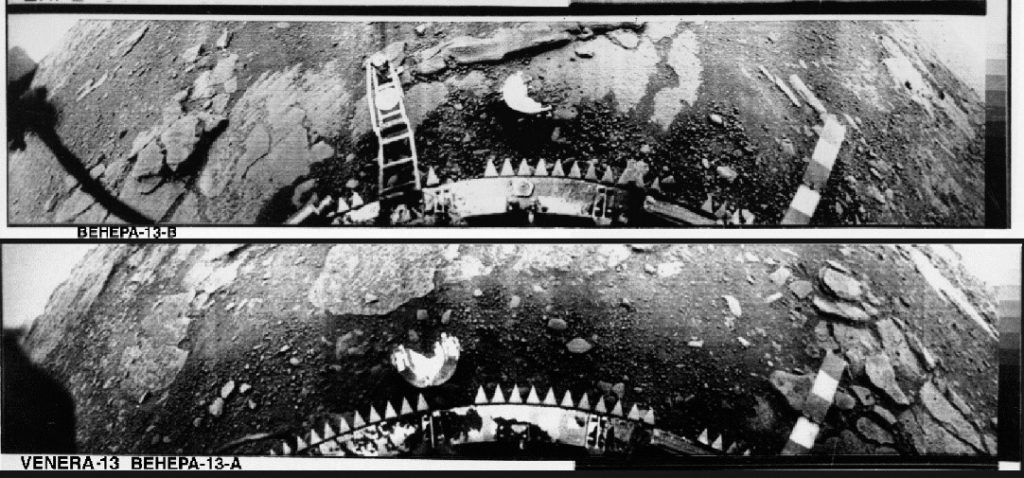
The Venera program ends with the Venera 15 and 16 missions launched in 1983. This time they do not include a lander, but the mass saved is replaced by instruments. The most emblematic equipment is the synthetic aperture radar which allows to draw a topographical map of 30% of the surface with a resolution of 2km which is between 4 to 20 times better than anything that has been done before.
An ambitious double mission dedicated to Venus was also in the works. A large atmospheric balloon designed by France was to be transported and relayed by a Soviet orbiter and thus presented a level of cooperation never seen before. But the mission was completely modified to allow the exploration of Halley’s comet, which was to make a passage in 1985. To do this, the probes resumed the form of the Venera 11, 12, 13 and 14 missions with a flyby probe that was to study Venus and then continue its travel to the comet. The lander was little modified compared to previous missions but carried in its heat shield, a balloon much smaller than the original plans. These balloons carry only a few instruments and above all a transmitter that allows to follow with great precision the balloons from the Earth.
Although, for political reasons, the balloon is built in the USSR, France retains the task of coordinating the global communication network with balloons based mainly on the Deep space network of the JPL. In view of their dual objective, the missions take the names Vega 1 and 2 (Venera-Galleya – Venus-halley in Russian) which take off in December 1984. The Vega 1 lander experienced a particularly violent gust at an altitude of 20 km, which led the probe to believe that it had landed and activated its instruments, which would not be operational at the time of landing. However, the Vega 2 lander works perfectly and provides valuable information about the surface and atmosphere. The atmospheric probe operates for 2 Earth days each, enough to make half the circumleaster turn of the planet pushed by the winds. The few on-board instruments (thermometer, barometer, anemometer, photo-detector, nephelometer) communicate directly with the Earth every 75 seconds.
In addition to the data transmitted, listening to this transmission through radio telescopes around the world allows us to track the movement of balloons and better understand the dynamics of the atmosphere. Once the Venus flyby is completed, the spacecraft continues its travel and flies halley 9 months later with equal success.
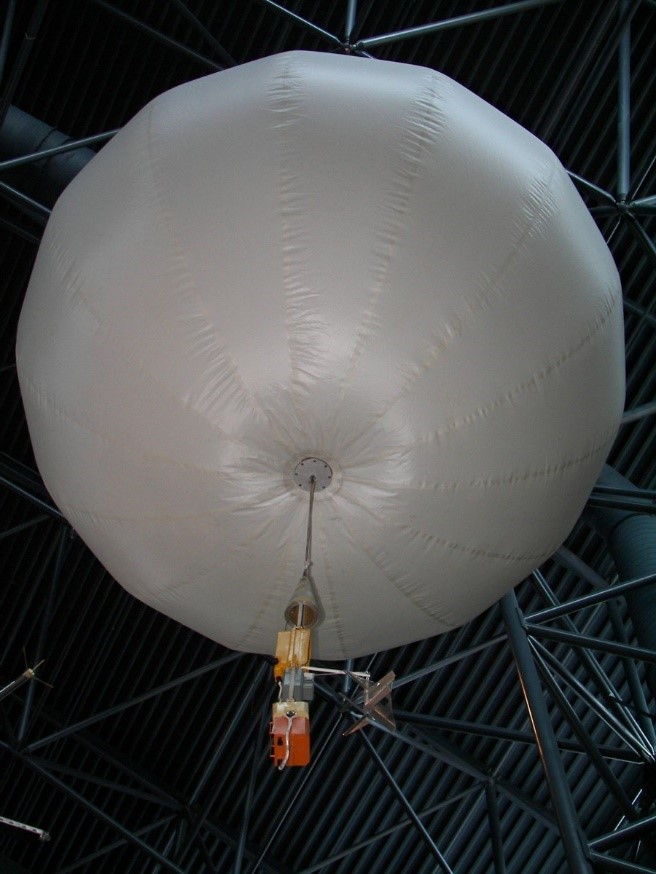
These were the last Soviet missions to Venus because with the economic crisis hitting the country, Lavotchkin can only concentrate on Phobos missions that study Mars successfully but fail to reach its moon. On the American side, the space shuttle is finally operational and frees from the development of the Viking and Voyager probes, the JPL and Ames can devote themselves to an ambitious Venusian mission called VOIR. However, the mission was cancelled for budgetary reasons and the JPL proposed a new probe, called Magellan, which was lighter, consisting mainly of a synthetic aperture radar that made it possible to make a topographical map of the planet.
The spacecraft took off on May 4, 1989 in the cargo hold of a space shuttle that dropped it into low orbit with a propulsion stage for Venus. On target, another propulsion stage built into the probe allows Magellan to enter polar orbit in order to scan a portion every 3 hours. With the slow rotation of Venus, the probe can scan the entire planet in 243 days. This full study will be repeated 5 times in order to refine the measurements. The complete map of a 150 m resolution resulting from this mission is the main source of information on the geological history of Venus that we currently possess.
